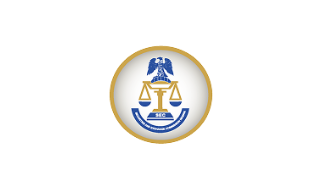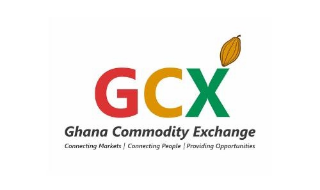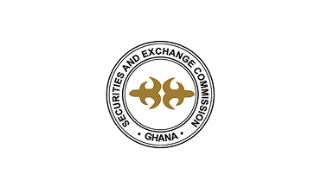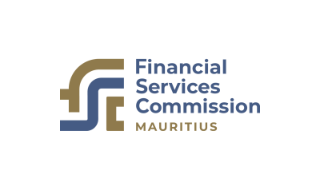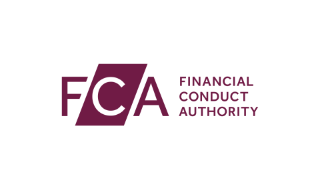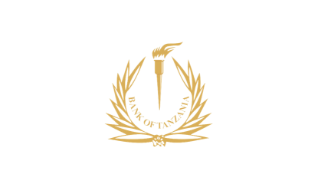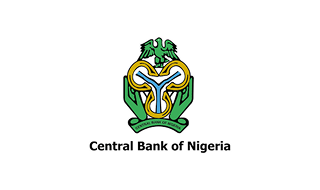
South Africa has quietly built one of the most organized and transparent green finance systems on the continent. It is now Africa’s benchmark market for climate-aligned bonds, proof that clear rules and credible institutions can unlock billions in sustainable investment.
Two powerful policies keep this market stable: the Johannesburg Stock Exchange (JSE) Sustainability Segment, which governs how green and sustainability bonds are listed and reported, and the National Treasury’s Green Finance Taxonomy, which defines exactly what counts as green.” Together, they give companies, cities, and investors a shared framework for building and funding the low-carbon transition (JSE 2024; National Treasury, 2025)
A Clear Definition of “Green”
The JSE Sustainability Segment sets strict listing and reporting standards for labelled bonds. Every issuer must clearly state how the money will be used, show that funds are ring-fenced for environmental projects, and publish annual impact reports that investors can verify (JSE 2024).
In parallel, the Green Finance Taxonomy, first published in 2022 and reviewed in 2025 by the Climate Policy Initiative and GreenCape, spells out the technical criteria for green activities such as renewable energy, clean transport, and green buildings. This alignment with international taxonomies allows foreign investors to treat South African bonds as credible and comparable with those in Europe or Asia (National Treasury 2025).
Who Is Issuing and What They Are Building
The most visible progress is coming from four fronts: municipalities, development banks, commercial lenders, and property funds.
Cities
The City of Cape Town continues to lead local governments across Africa. Its certified bond (CCT04) remains aligned with the Climate Bonds Standard and the JSE’s disclosure rules. The 2024/25 update confirmed that proceeds fund water-resilience, energy-efficiency, and electric-bus projects, with the bond due for redemption in July 2027(City of Cape Town 2024).
Development Banks
In September 2024, the Development Bank of Southern Africa (DBSA) and the European Investment Bank (EIB) expanded their joint renewable-energy programme to €600 million, adding €200 million in new capital. The funds will help install about 384 MW of new solar and wind capacity, supporting both the national grid and private power users (EIB 2024; DBSA 2024).
Commercial Banks.
Nedbank, South Africa’s largest corporate green-bond issuer, had R 8.86 billion outstanding at the end of 2024. Its latest Impact Report shows that 64 percent of proceeds went to solar projects and 36 percent to wind, including the Droogfontein II and Konkoonsies II farms (Nedbank Group 2024).
Real Estate.
Property funds such as Growthpoint Properties and Vukile are using labelled loans and bonds to retrofit buildings to global energy-efficiency standards. The International Finance Corporation (IFC) notes that Growthpoint’s 2024 programme alone could cut operational emissions by tens of thousands of tonnes annually while reducing energy bills across its office portfolio (IFC 2024).
Why the Market Works
The South African model succeeds because it is built on rules, repetition, and reporting.
The JSE requires every green bond to have an external review, a second-party opinion, and post-issuance disclosure. This transparency reduces “green washing” and creates consistency across issuers (JSE 2024).
The National Treasury’s taxonomy also limits confusion over what qualifies as green. Its 2025 review confirmed that the framework is interoperable with international standards, making it easier for foreign capital to flow into South African projects (National Treasury 2025).
Finally, repeat issuers like Cape Town, DBSA, Nedbank, and Growthpoint have built credibility by publishing impact data year after year, creating a performance history that investors can trust (City of Cape Town 2024; EIB 2024).
The Projects Behind the Bonds
Money raised through these green bonds is being used for real infrastructure with measurable outcomes.
Renewable-energy investments under the DBSA–EIB programme are adding roughly 384 MW of clean generation capacity, easing load-shedding and stimulating private-sector energy independence (EIB 2024).
Cape Town’s bond continues to fund water-security projects, dams, desalination, and wastewater management, reducing the risk of another “Day Zero” crisis (City of Cape Town 2024).
Meanwhile, IFC-supported green-building upgrades by Growthpoint and others are lowering operational emissions and improving resilience in South Africa’s urban centers (IFC 2024; Nedbank 2024).
The Broader Implications
The growth of South Africa’s green bond market is more than a financial story; it is changing how the country funds its development priorities.
By mobilizing private capital for renewable power and urban resilience, green bonds are helping reduce pressure on public finances while accelerating the energy transition away from coal. They are also lowering borrowing costs for credible issuers: investors often accept slightly smaller yields in exchange for verified sustainability outcomes (EIB 2024; Nedbank 2024).
At a national level, these instruments are improving South Africa’s reputation in global capital markets. The transparency of JSE reporting and the rigor of the Green Finance Taxonomy have made the country one of the few African markets regularly attracting ESG-linked funds (JSE 2024; National Treasury 2025).
Recommendations for the Future
For governments across Africa, the South African experience offers a clear lesson: build strong frameworks before building products. Investors respond to clarity. Replicating South Africa’s taxonomy and disclosure rules could help countries like Kenya, Ghana, and Nigeria issue their own credible climate bonds without starting from scratch.
To issuers, the message is simple: align frameworks with the SA Green Finance Taxonomy and the ICMA Green Bond Principles, obtain a second-party opinion, and publish transparent annual impact data.
For investors, due diligence should focus on the same three factors that make the South African market work: taxonomy alignment, quality of external verification, and detailed annual reporting.
And for smaller municipalities and enterprises, policymakers should create technical-assistance funds to offset certification costs and help them reach the market on fair terms (JSE 2024; National Treasury 2025; EIB 2024).
The Bottom Line
South Africa’s green bond market works because the rules are clear, the reports are public, and the projects are real. The pathway from policy to project is already visible:
taxonomy → disclosure → investment → infrastructure.
If other African markets adopt similar transparency, they can unlock billions in affordable, climate-aligned finance, turning sustainability from a slogan into a financing system.

